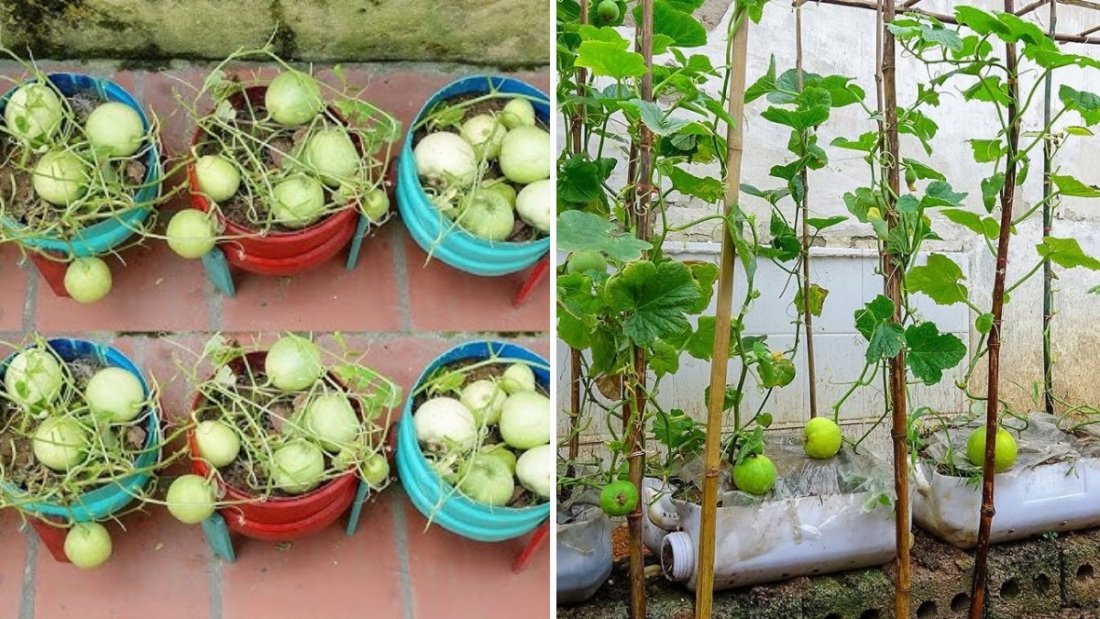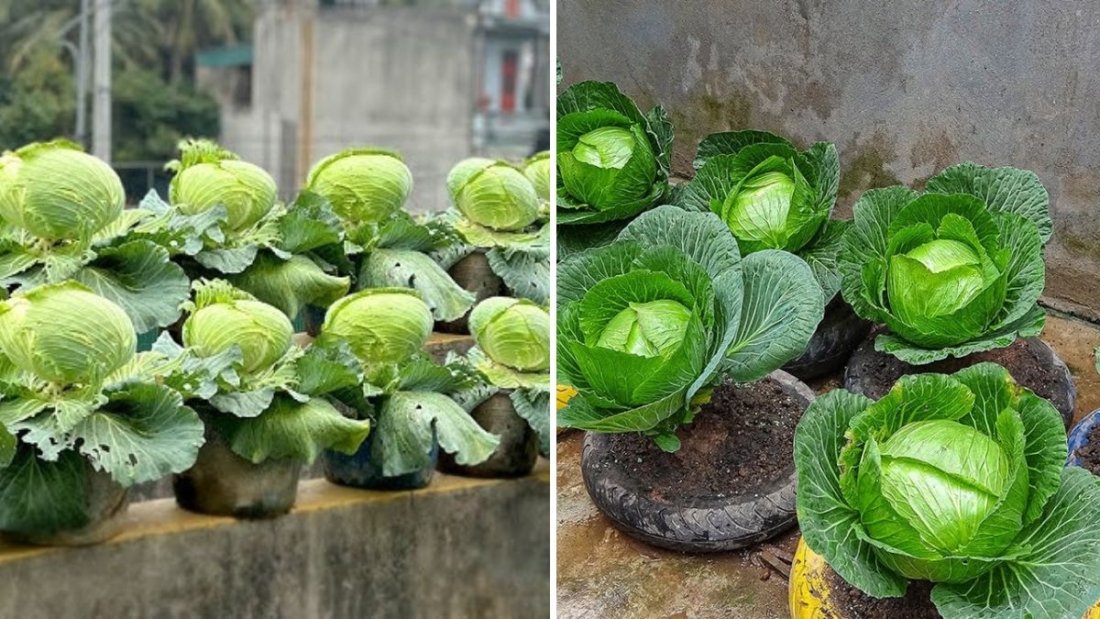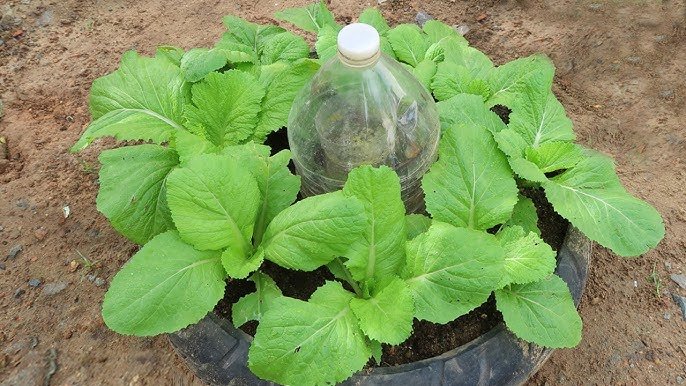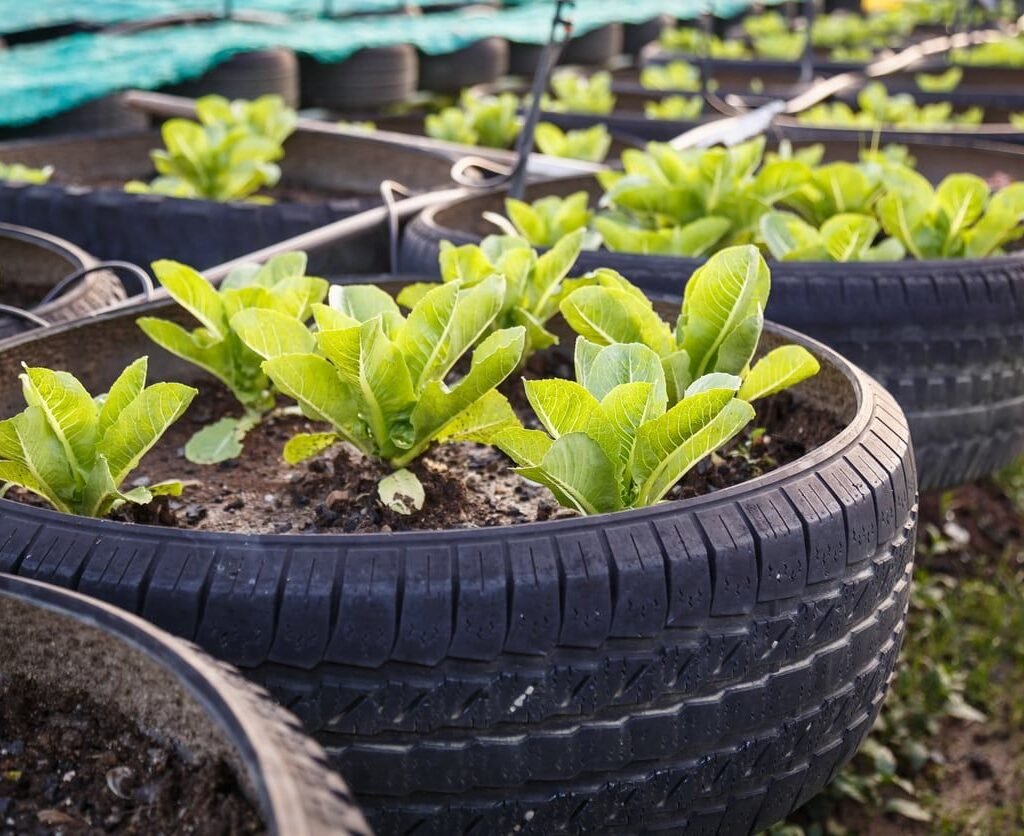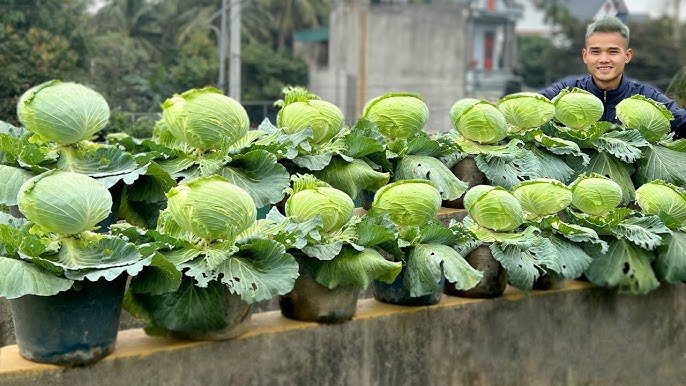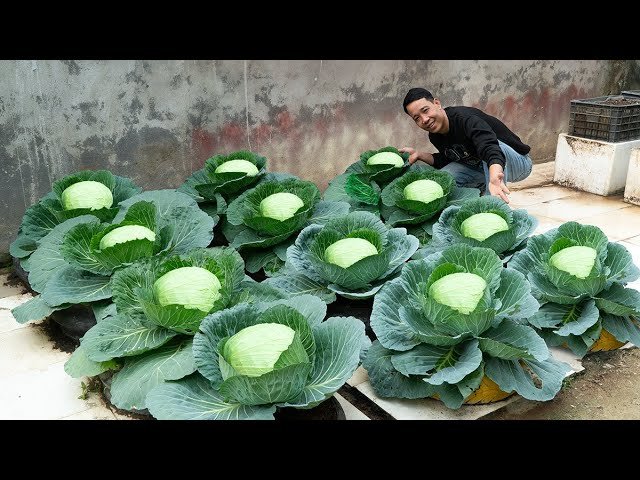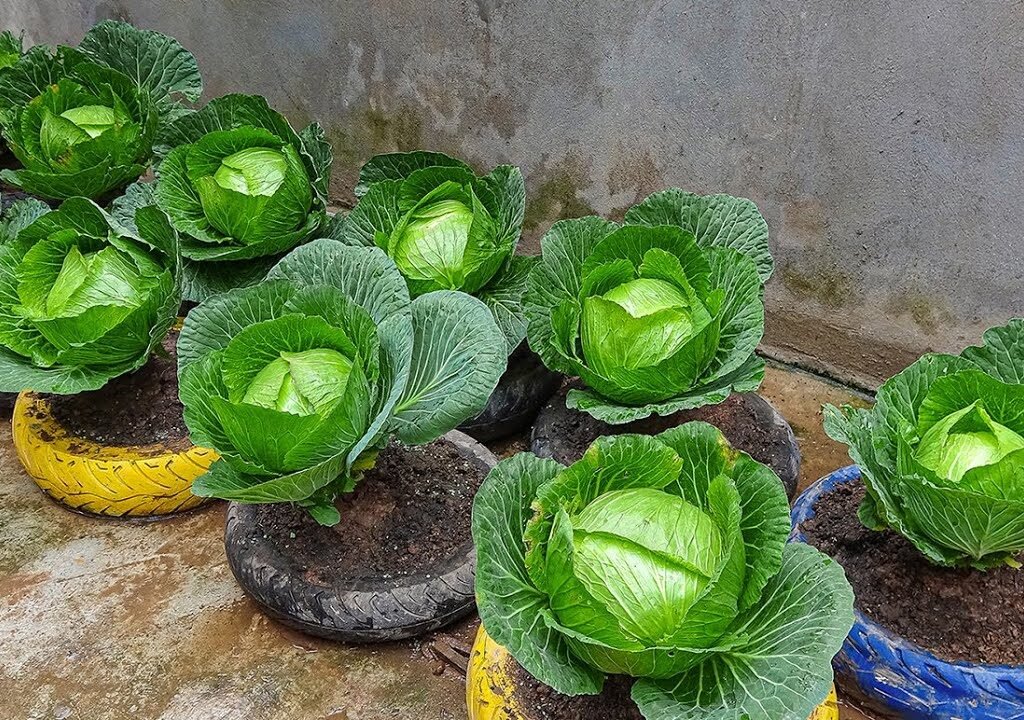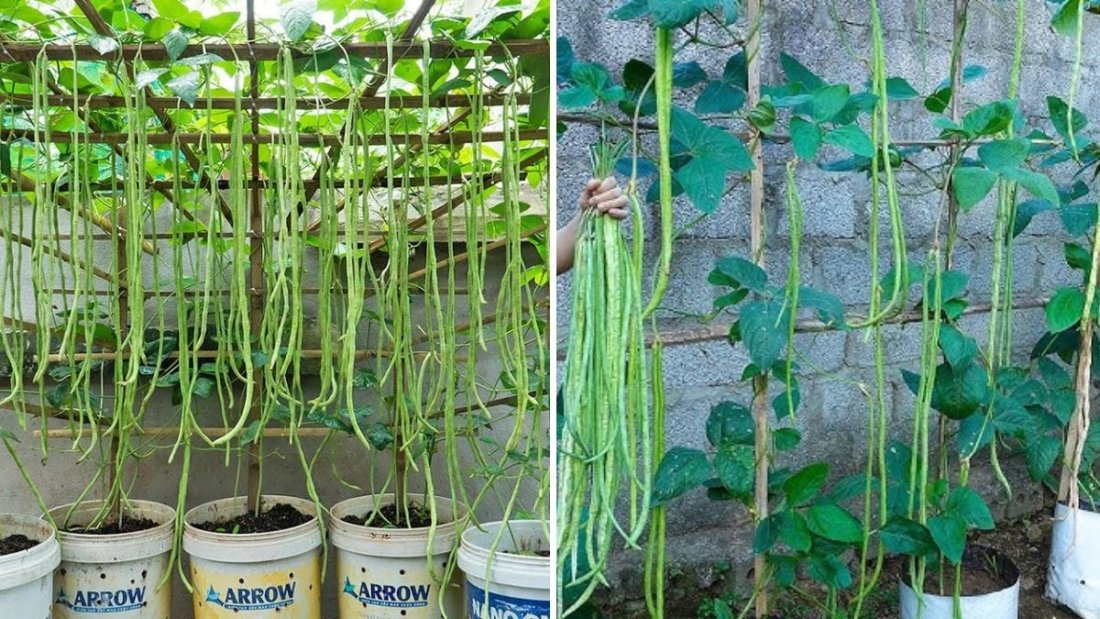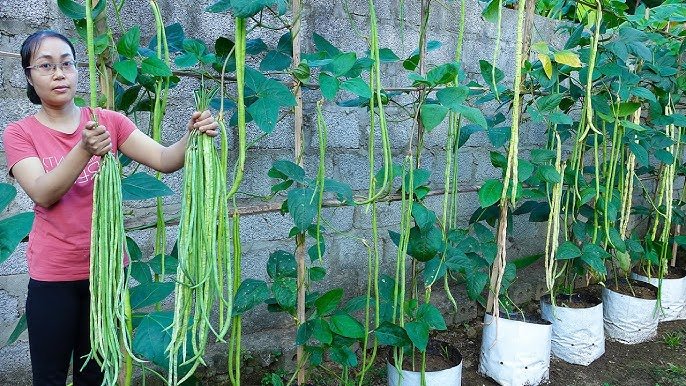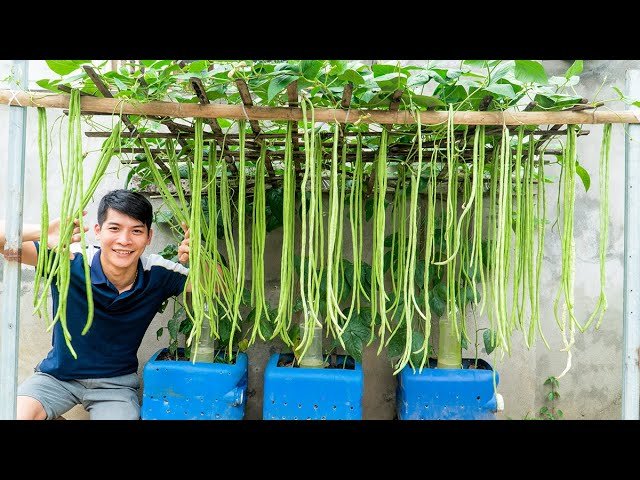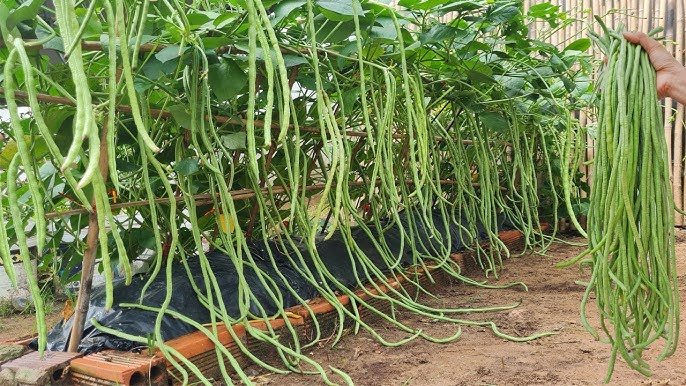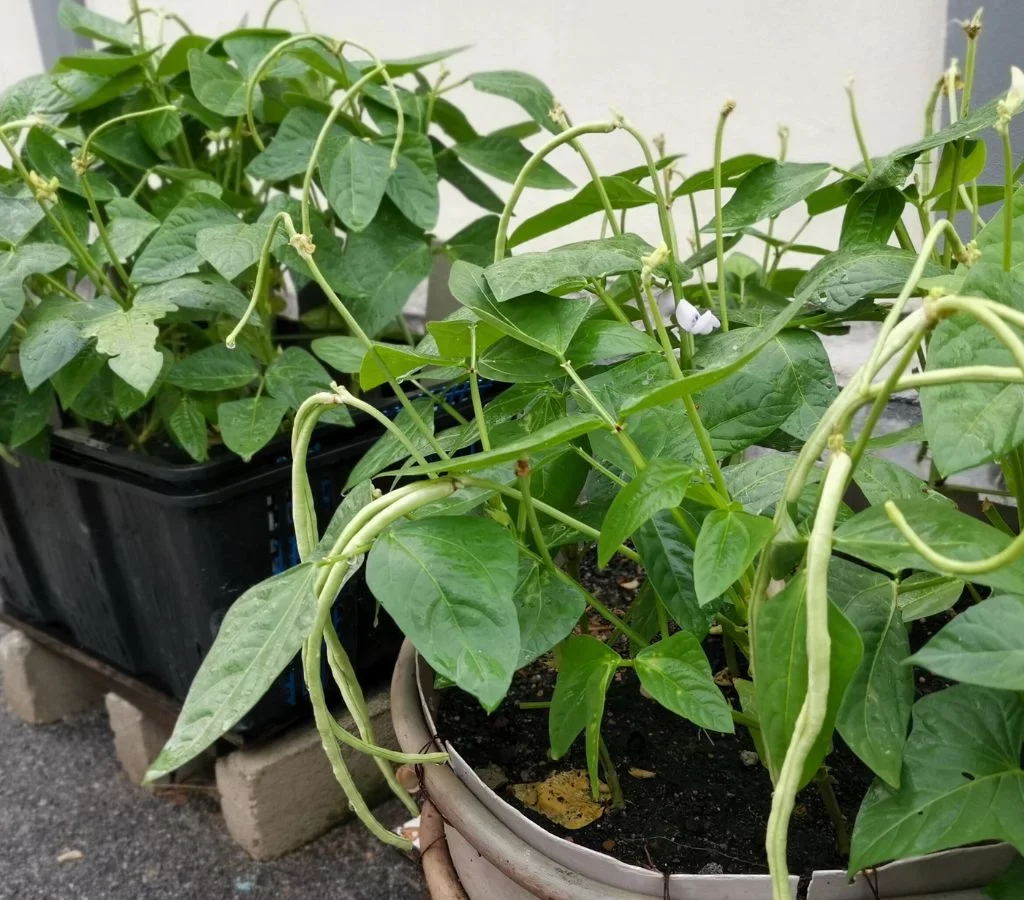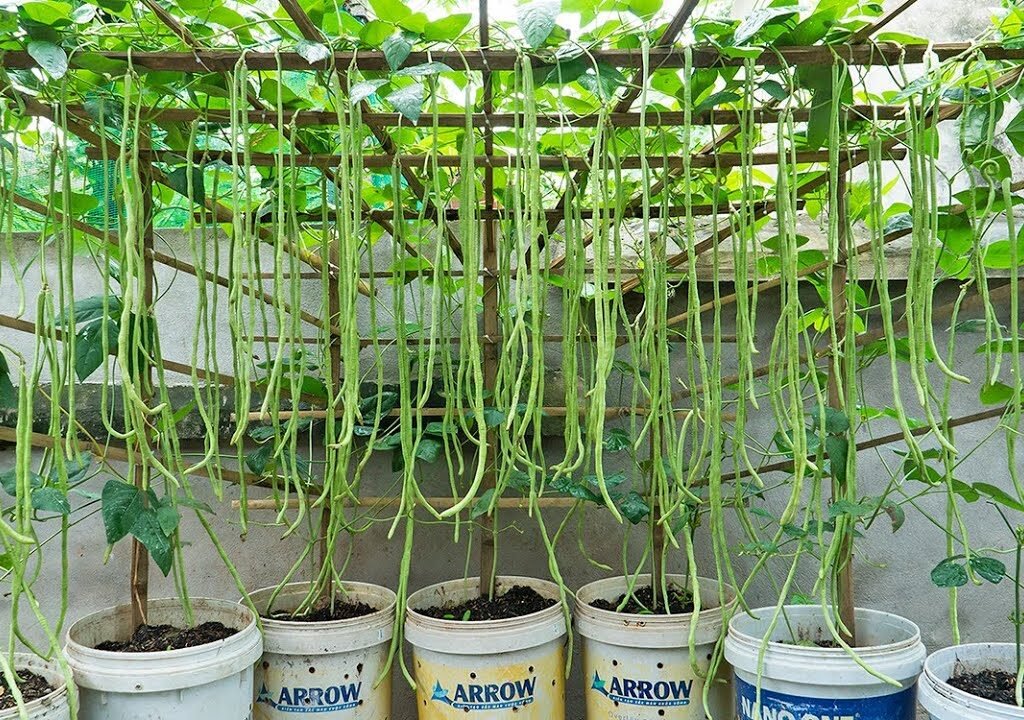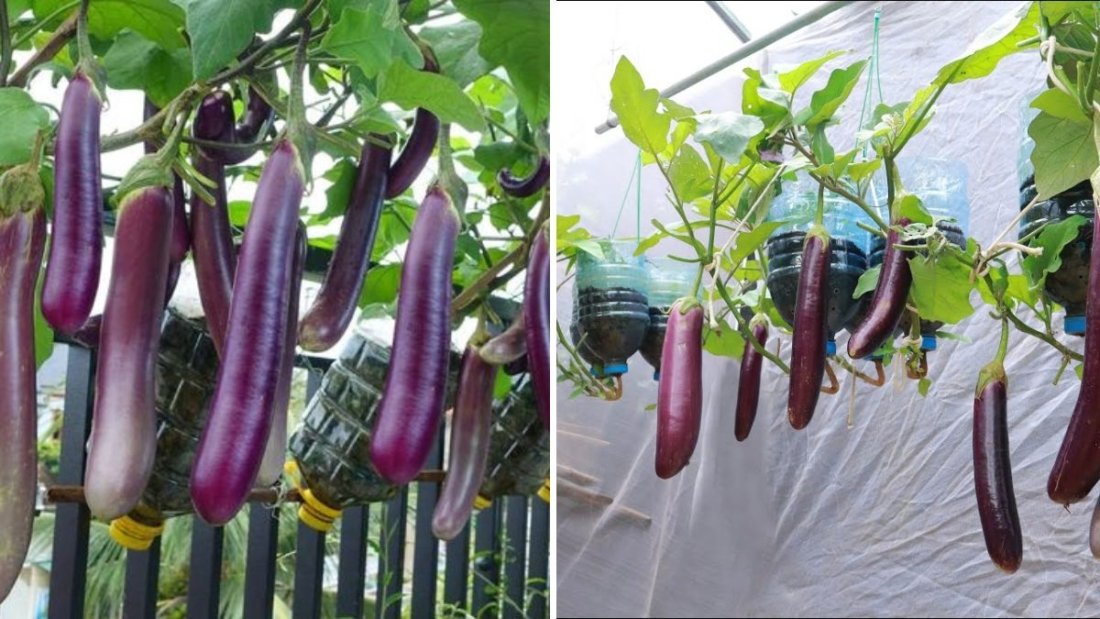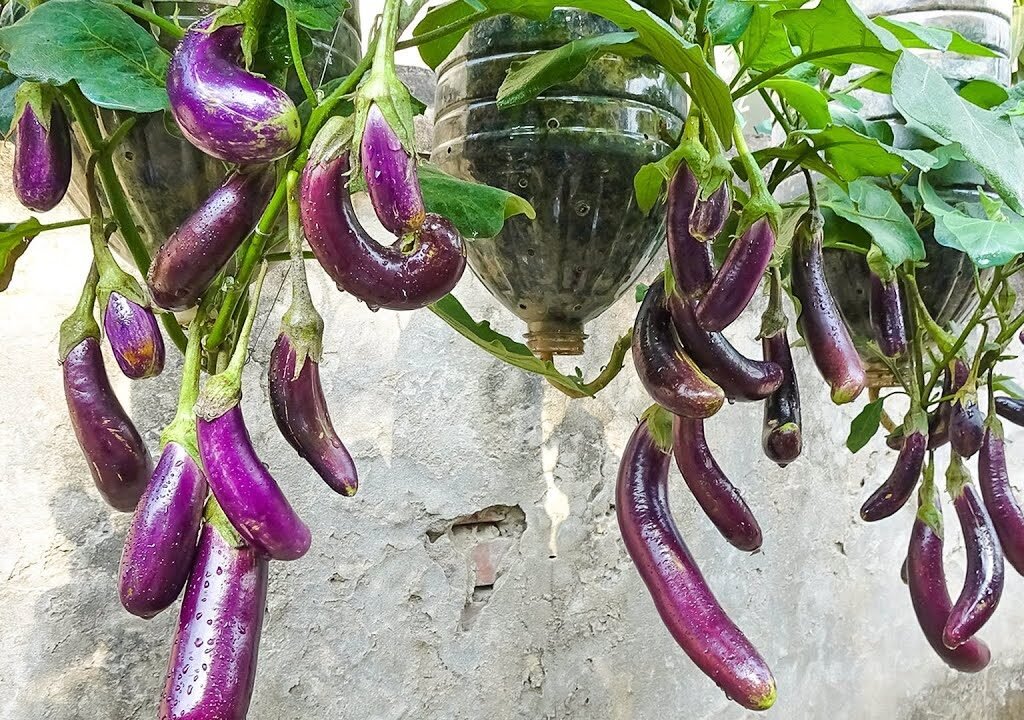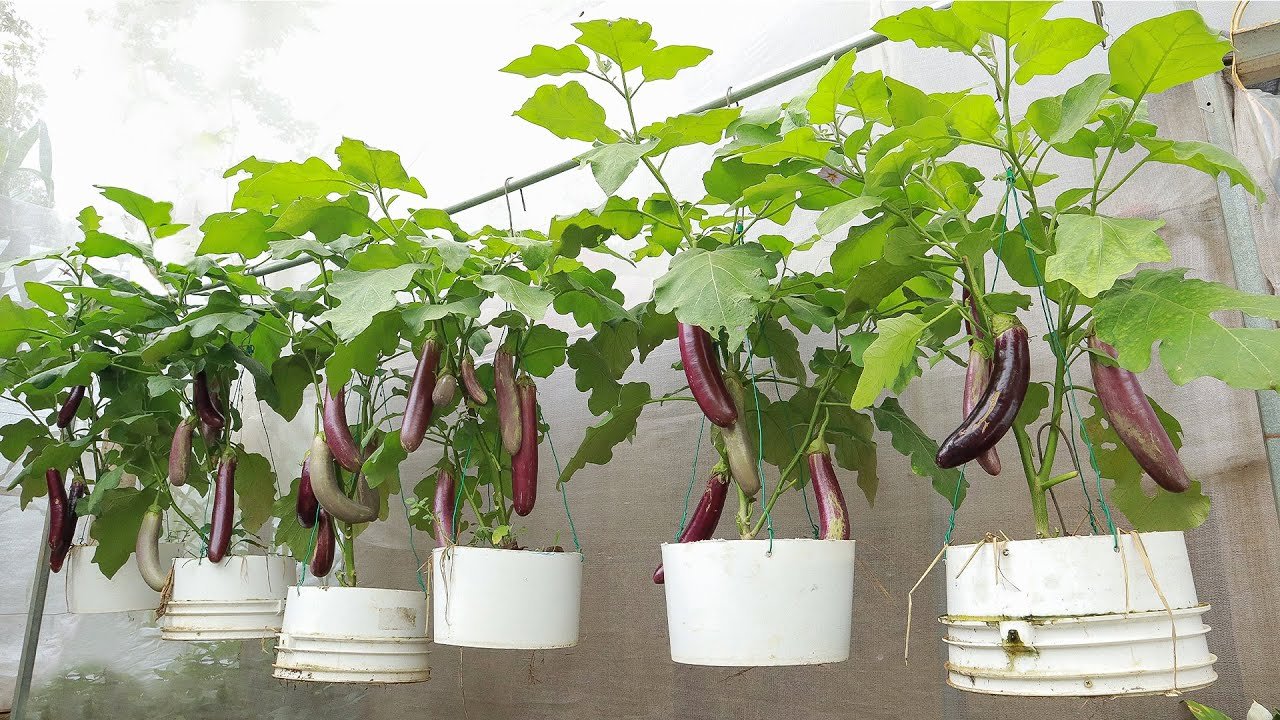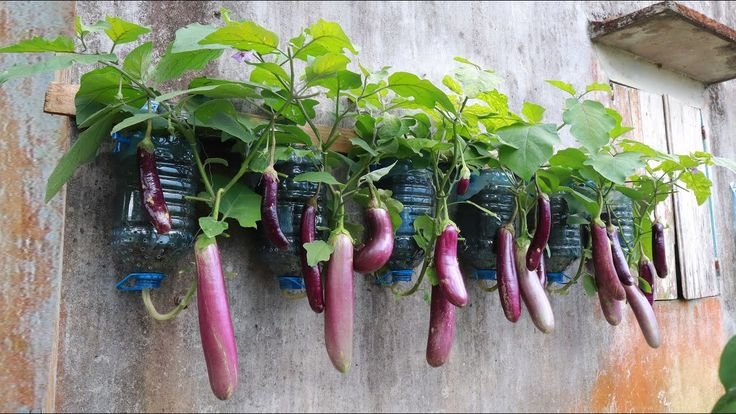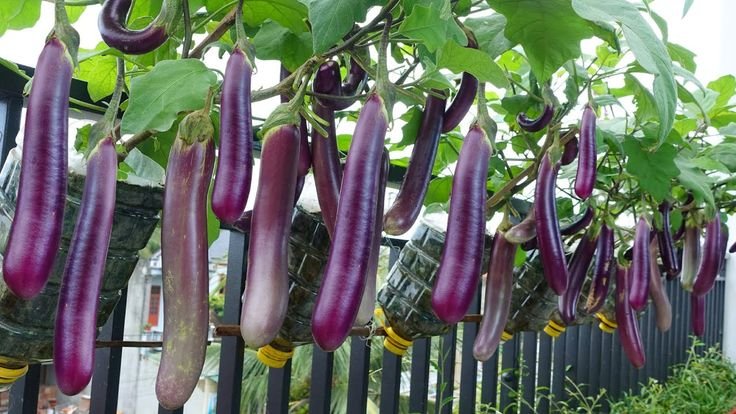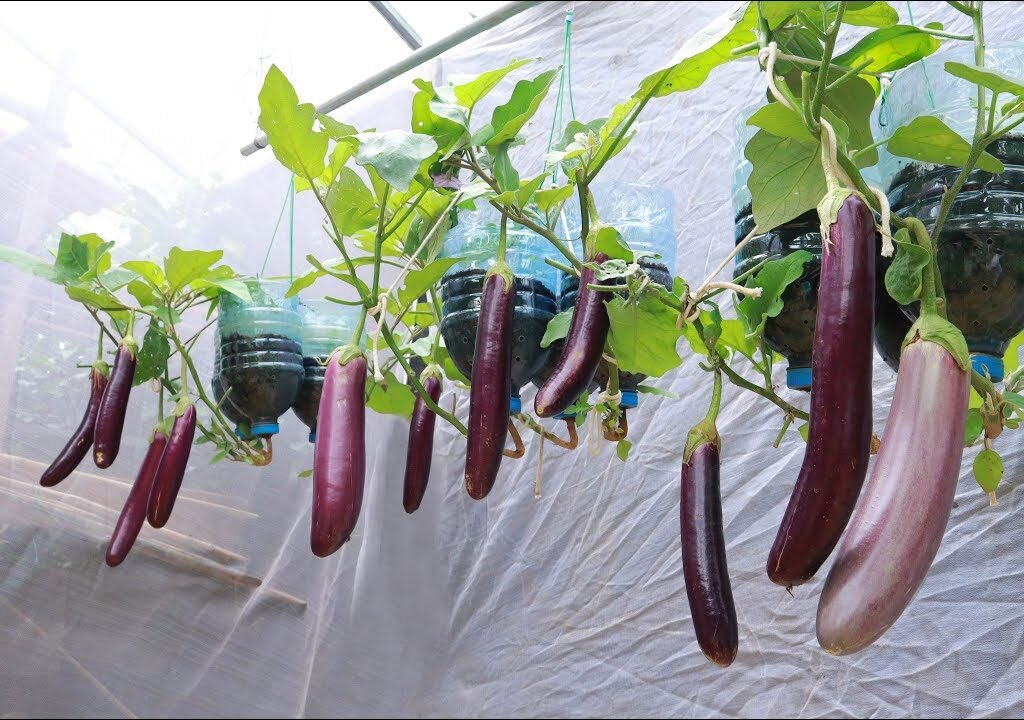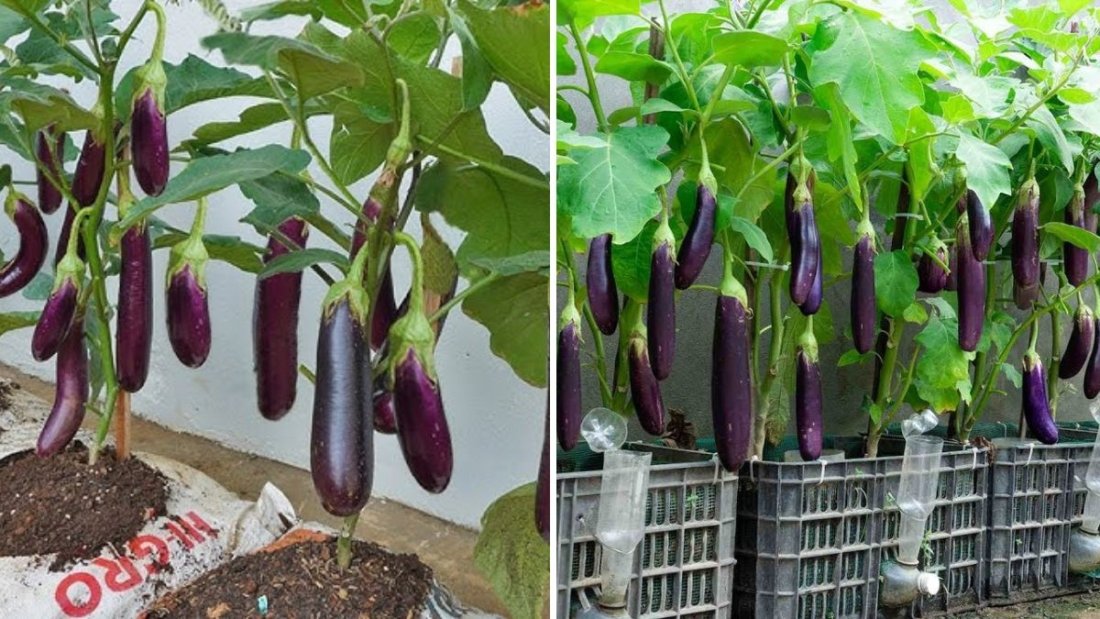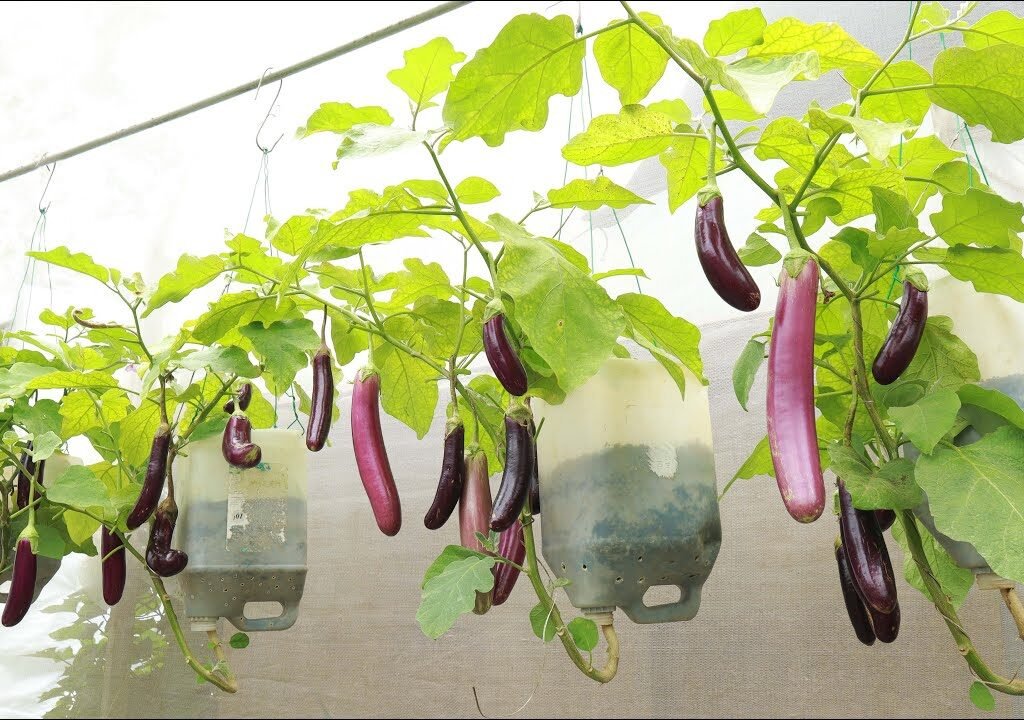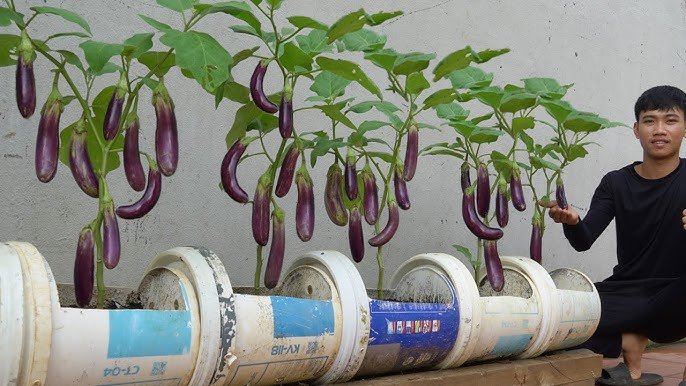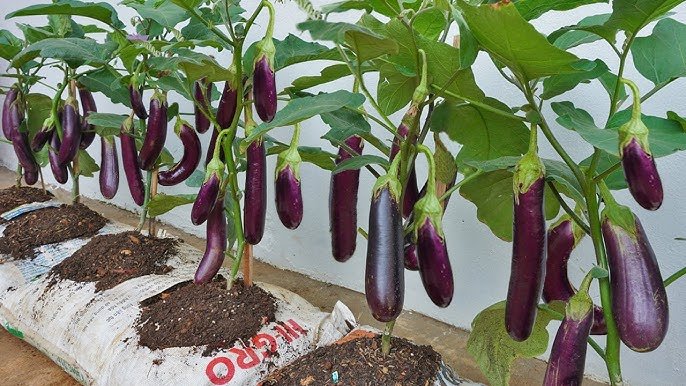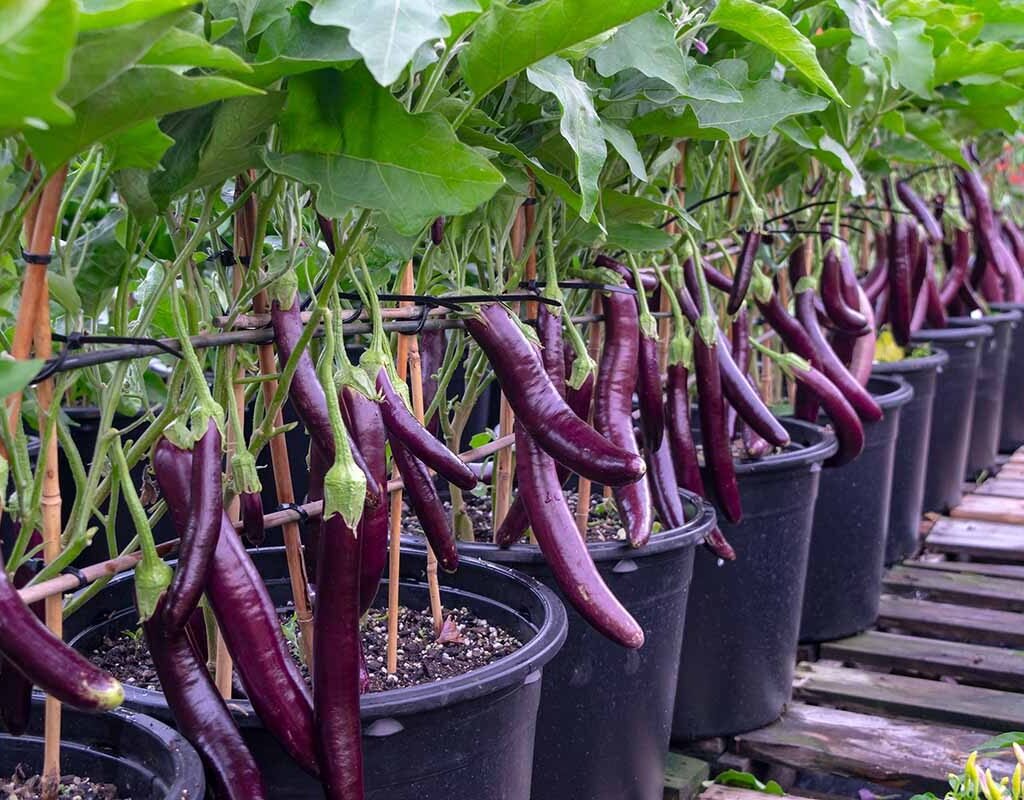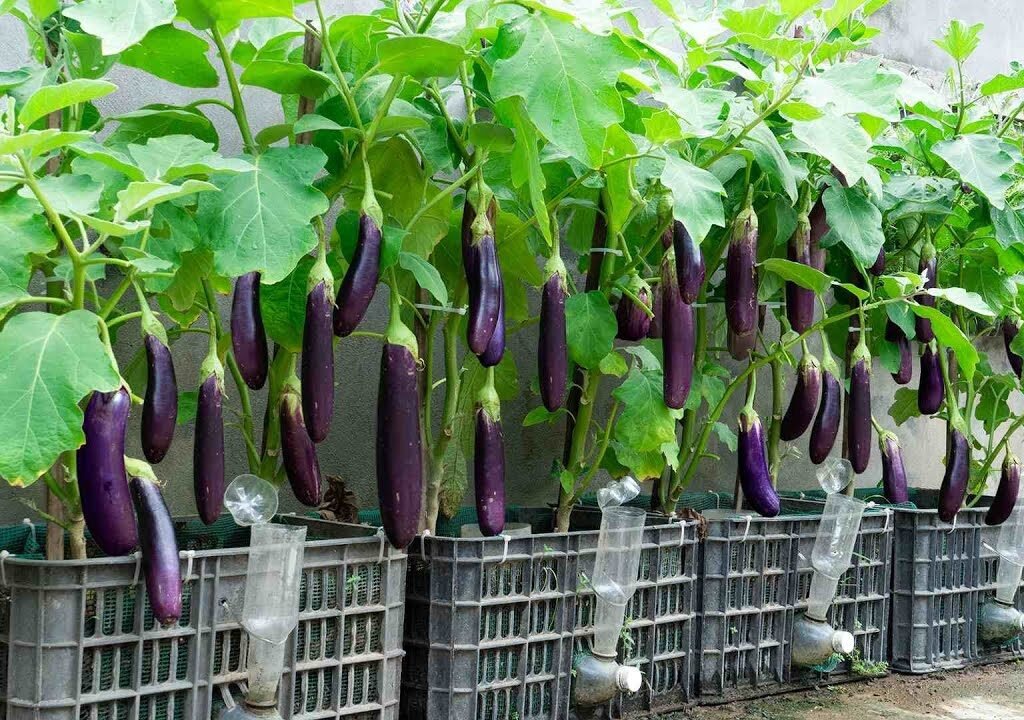Growing your own honeydew melons — those smooth-skinned, sweet, and refreshing fruits — might sound like something only professional farmers can do. But here’s the good news: with the right technique, you can grow these delicious melons right at home in plastic containers!
Container gardening allows anyone, even with limited space, to enjoy the joy of harvesting fresh fruits. Honeydew melons thrive surprisingly well in pots or buckets if given proper care, sunlight, and nutrients. This method is ideal for people living in apartments, houses with small backyards, or anyone who wants to enjoy a fun, productive gardening experience.
In this detailed guide, you’ll learn step-by-step how to grow sweet, large honeydew melons using plastic containers — from choosing the right soil and seeds to caring for your plants and harvesting perfectly ripe fruits.
Why Grow Honeydew Melons in Containers?
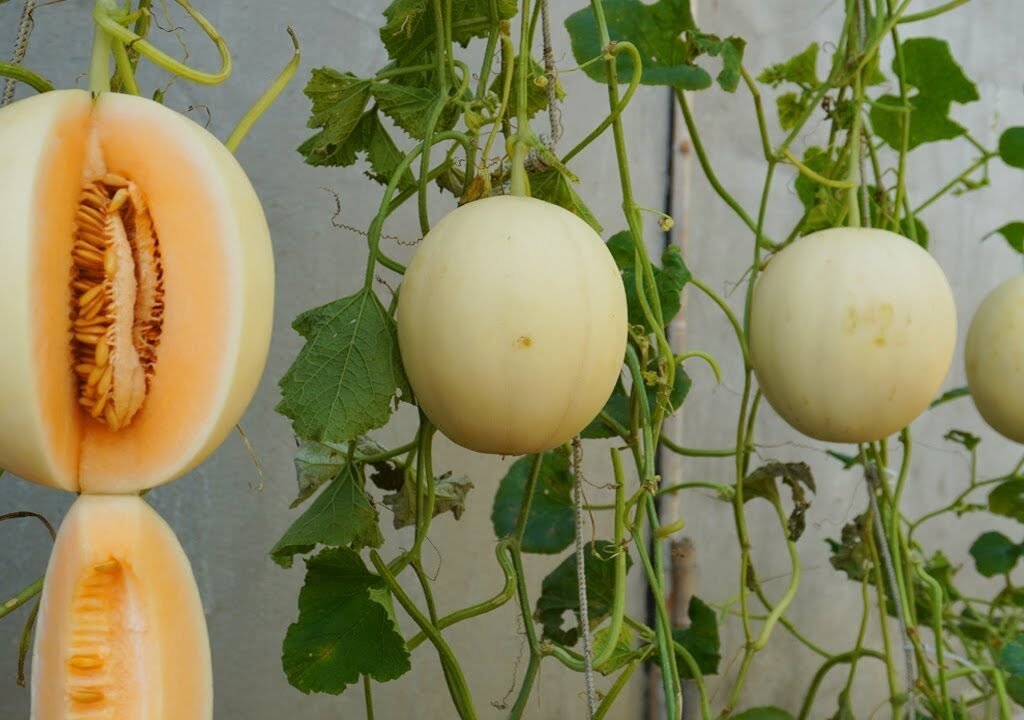
Honeydew melons are warm-season crops that love sunlight and well-drained soil — both of which can be easily managed in a container setup. Here are some key reasons why this method works so well:
- Space-Saving: You don’t need a large garden or field — containers fit easily on balconies, patios, or rooftops.
- Pest Control: Growing in containers reduces soil-borne diseases and pest attacks.
- Mobility: You can move your plants to sunnier spots or protect them during heavy rain.
- Better Soil Control: You can customize your potting mix to suit melon growth perfectly.
- Eco-Friendly Option: Old plastic tubs, buckets, or large bottles can be recycled for gardening — reducing waste.
Materials You’ll Need
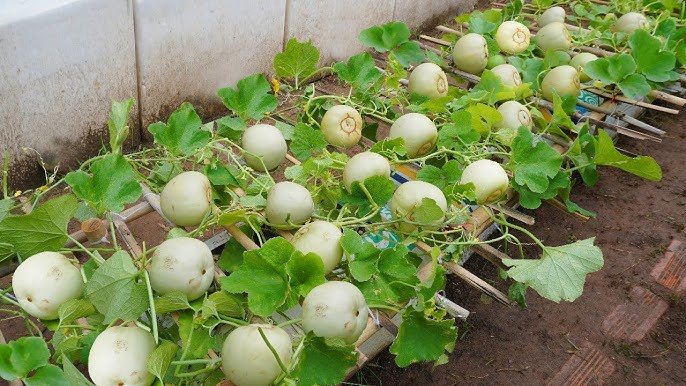
Before starting, gather all the necessary supplies:
- Plastic containers or buckets (minimum 18–20 inches deep)
- Honeydew melon seeds (choose a sweet, compact variety)
- High-quality potting mix
- Organic compost or well-rotted manure
- Coco peat or perlite (for drainage)
- Trellis or support net (optional for vine training)
- Watering can or hose
- Mulch material (dry leaves, straw, or coco husk)
Step 1: Choosing the Right Container
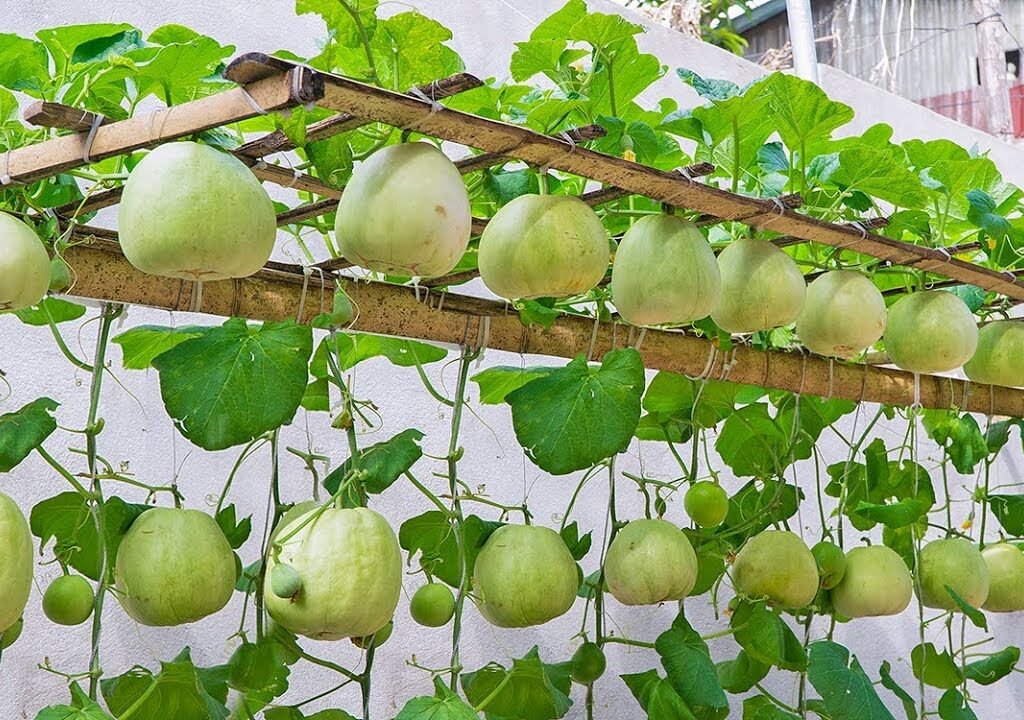
Honeydew melon plants have extensive root systems, so choose a large container — at least 18–20 inches deep and wide. Plastic containers are perfect because they are lightweight, easy to move, and retain heat well.
Ensure the container has 5–6 drainage holes at the bottom to prevent waterlogging. Melons dislike soggy roots, so good drainage is essential. If needed, add a few pebbles or broken pieces of pot at the bottom before filling soil.
Step 2: Preparing the Soil Mix
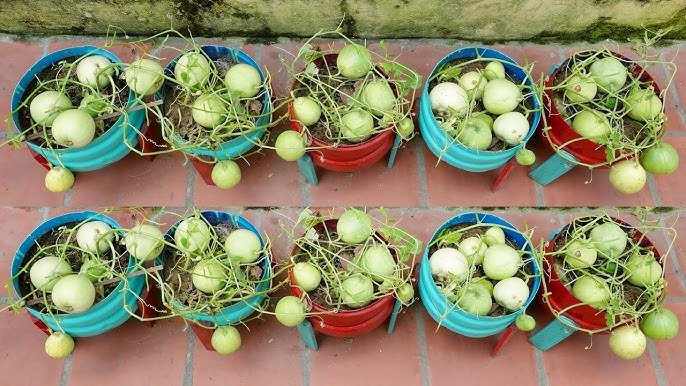
Honeydew melons thrive in loose, nutrient-rich, well-draining soil. Here’s a perfect mix you can make at home:
- 40% garden soil
- 30% compost or cow dung manure
- 20% coco peat or perlite
- 10% sand for extra drainage
Mix well and fill the container, leaving about 3 inches of space from the rim. Add a handful of wood ash or bone meal to provide calcium and phosphorus, which promote fruit sweetness and strong growth.
Step 3: Selecting and Planting Seeds
You can buy certified honeydew melon seeds from your local nursery or online store. To increase germination rates:
- Soak the seeds in warm water for 8–10 hours before sowing.
- Drain and let them dry slightly on a paper towel.
- Plant 2–3 seeds in the container, about 1 inch deep in the center of the soil.
- Cover lightly with soil and mist with water.
Keep the container in a warm, sunny location (around 25–30°C). Seeds usually germinate within 5–7 days. Once the seedlings grow 3–4 true leaves, keep the strongest one and remove the weaker ones.
Step 4: Sunlight and Temperature
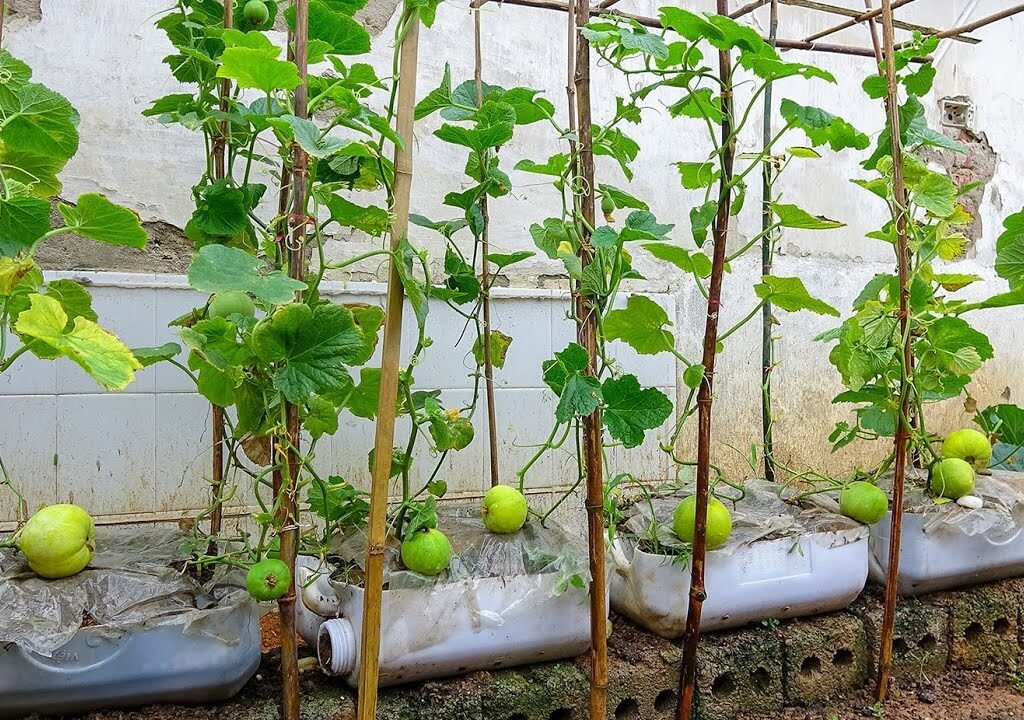
Honeydew melons love the sun — they need at least 6–8 hours of direct sunlight daily for strong vines and sweet fruits. Place your container in the sunniest part of your terrace, balcony, or yard.
If you live in a cooler climate, use a transparent plastic cover or mini greenhouse to maintain warmth during germination and early growth.
Step 5: Watering Routine
Honeydew melons need consistent moisture, especially during flowering and fruiting. However, overwatering can cause root rot and tasteless fruits.
Here’s a simple routine:
- Water every 2–3 days during early growth.
- Increase frequency once the plant begins flowering.
- Always water deeply so that moisture reaches the roots.
Avoid overhead watering; direct the water at the base to keep leaves dry and prevent fungal diseases.
Tip: Use mulch on the soil surface to retain moisture and regulate temperature.
Step 6: Providing Support and Training
Although honeydew vines can sprawl along the ground, training them upward saves space and improves air circulation. Use:
- A bamboo trellis
- Wire mesh
- Nylon rope or net
Train the vines to climb as they grow, tying them gently with soft string. Once fruits start forming, use a small cloth or net to support the growing melons, preventing the vines from breaking under the weight.
Step 7: Fertilizing for Bigger, Sweeter Fruits
Honeydew melons are heavy feeders, especially when they start flowering and fruiting. For the best results:
- Add organic compost every 2 weeks.
- Spray liquid seaweed extract or compost tea every 10–15 days.
- When flowers appear, feed with banana peel water (rich in potassium) to enhance sweetness.
Avoid overusing nitrogen fertilizers — they encourage leaf growth but delay fruiting. Instead, focus on balanced nutrition with phosphorus and potassium.
Step 8: Flowering and Pollination
After 5–6 weeks, your melon plant will begin to produce yellow flowers. The male flowers appear first, followed by female ones (which have tiny fruit shapes beneath them).
Since container plants often attract fewer pollinators, you can hand-pollinate to ensure success:
- Pick a male flower and gently brush its pollen onto the center of a female flower.
- Repeat this for 2–3 consecutive days in the morning.
You’ll know pollination was successful when the small fruit starts to swell and grow larger.
Step 9: Caring During Fruit Development
Once the melons start forming, reduce watering slightly to concentrate sugars in the fruit. Continue giving liquid fertilizers every two weeks to support growth.
Ensure the fruits are supported properly — use a cloth sling or net to hold them if grown vertically. If growing horizontally, place a piece of cardboard or straw beneath each melon to prevent rotting from soil contact.
Step 10: Pest and Disease Management
Honeydew melon plants can be affected by pests like aphids, whiteflies, and fruit borers. Control them naturally by:
- Spraying neem oil solution (5 ml per liter of water) once a week.
- Using garlic spray or soap water to deter insects.
- Ensuring proper spacing and air circulation to prevent fungal infections.
If leaves turn yellow or curl, check for pests immediately and remove any infected leaves.
Step 11: Harvesting Your Honeydew Melons
The sweetest part of growing melons — harvesting! Honeydews take around 90–100 days from sowing to reach full maturity. Signs that they’re ready to harvest include:
- The fruit emits a sweet aroma.
- The skin color changes from bright green to a pale creamy-yellow.
- The blossom end (opposite the stem) becomes slightly soft.
- When tapped gently, the fruit produces a hollow sound.
Cut the fruit carefully using a sharp knife, leaving a short portion of stem attached.
After harvesting, allow the melons to rest at room temperature for 2–3 days — this helps develop even more sweetness.
Tips for Maximum Sweetness and Yield
- Full Sun Exposure: The more sunlight, the sweeter your fruits will be.
- Reduce Watering Before Harvest: Water lightly a few days before picking to enhance sugar concentration.
- Avoid Overcrowding: Give vines enough space to grow freely.
- Rotate Containers: If possible, change the container’s direction weekly for even sunlight distribution.
- Patience Pays Off: Honeydew melons take time to ripen — don’t rush the process!
Common Problems and Their Solutions
| Problem | Cause | Solution |
|---|---|---|
| Small fruits | Insufficient sunlight or nutrients | Add compost and ensure 6–8 hrs of sunlight |
| Bitter or bland taste | Overwatering during ripening | Reduce watering as fruits mature |
| Yellow leaves | Nutrient deficiency or overwatering | Feed compost tea and check drainage |
| Poor pollination | Lack of bees or insects | Hand-pollinate manually |
Eco-Friendly Bonus Tip
Growing in recycled plastic containers helps reduce waste and promotes sustainability. Before planting, make sure the container is clean and chemical-free. You can even paint the exterior to reflect heat and add beauty to your home garden.
For an extra touch of creativity, arrange multiple containers together — one for each vine — and turn your balcony or rooftop into a mini melon paradise!
Conclusion
Growing honeydew melons in plastic containers is a fun, easy, and rewarding gardening project for beginners and experts alike. With a little patience and care, you can enjoy juicy, sweet, and homegrown fruits without needing a large garden.
This container-growing method helps you save space, reuse old materials, and experience the pure satisfaction of harvesting your own fresh melons. Whether you have a sunny balcony, terrace, or backyard corner, this technique can turn any small area into a productive fruit garden.
So grab some seeds, a plastic container, and a little enthusiasm — and soon you’ll be enjoying delicious, home-grown honeydew melons bursting with natural sweetness!
